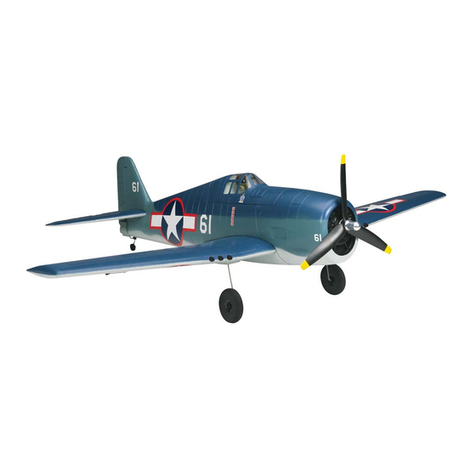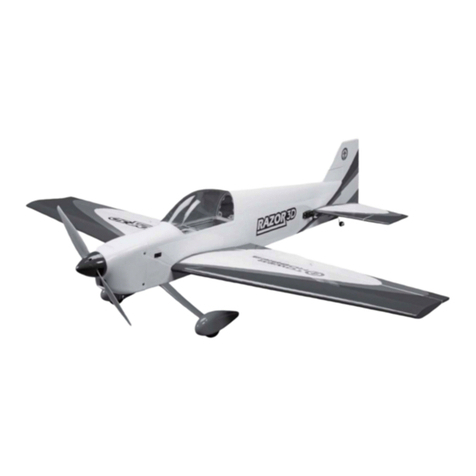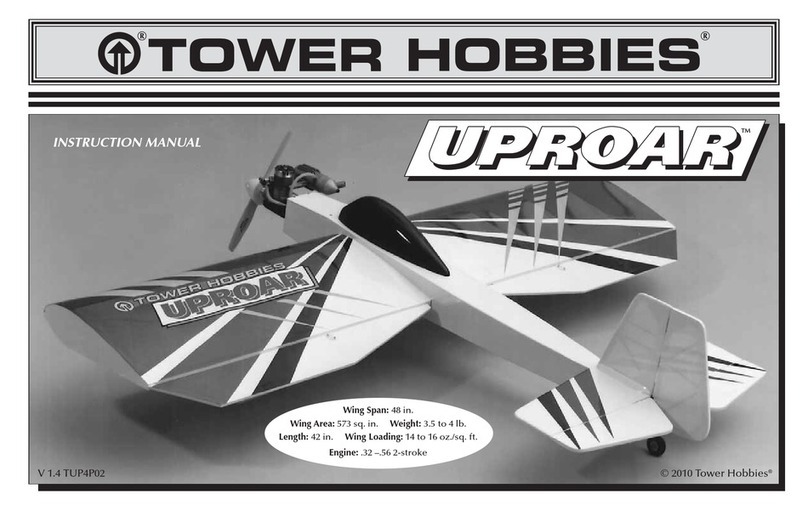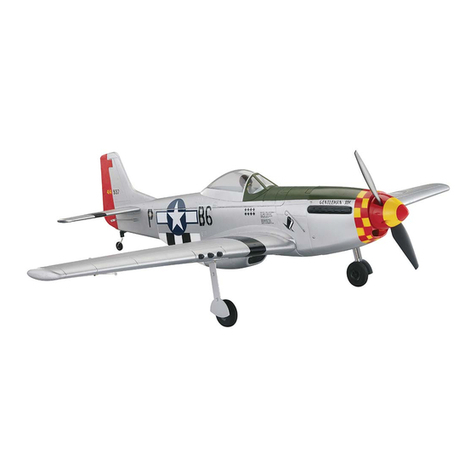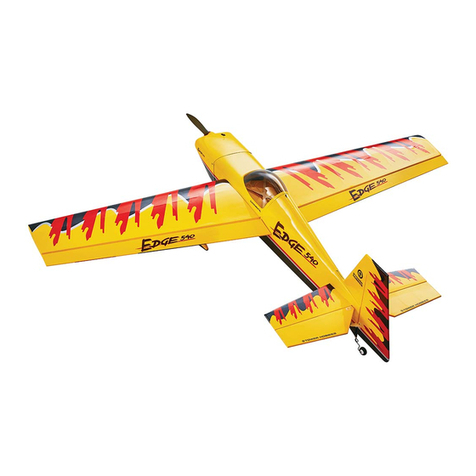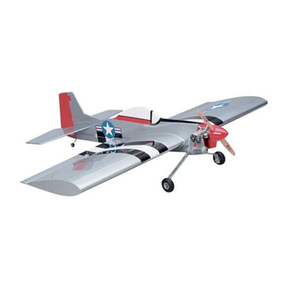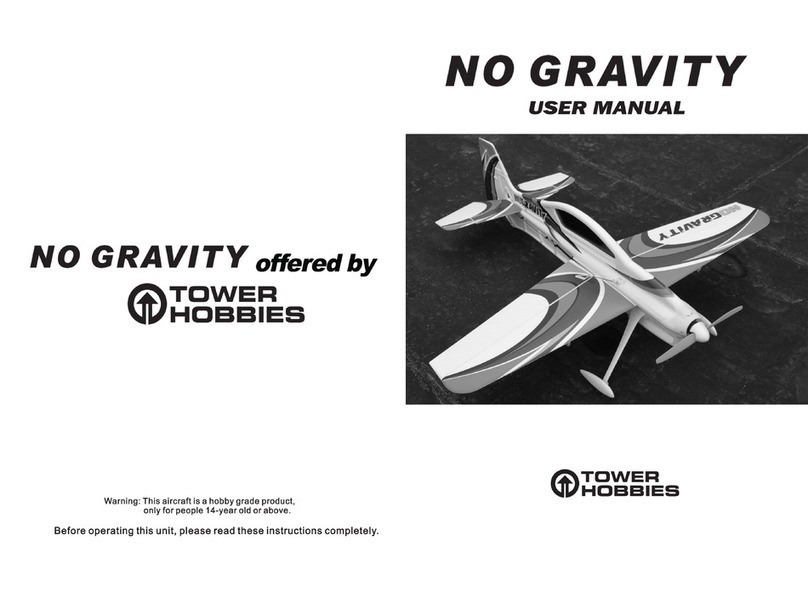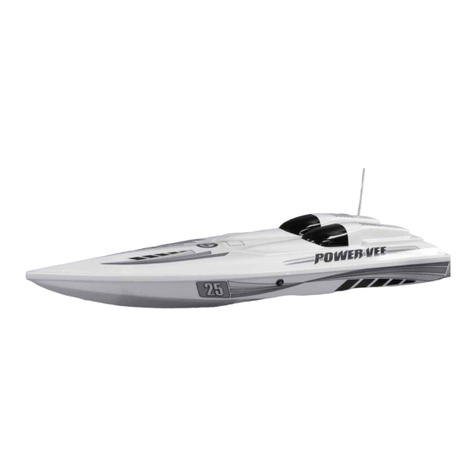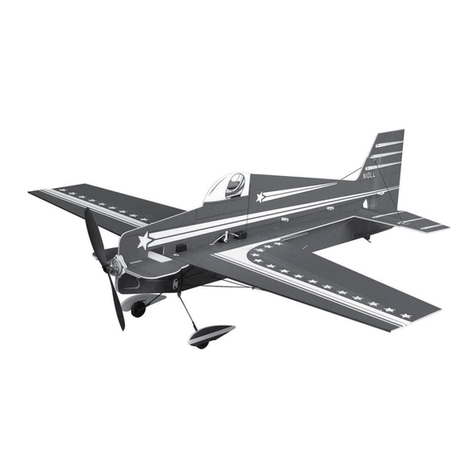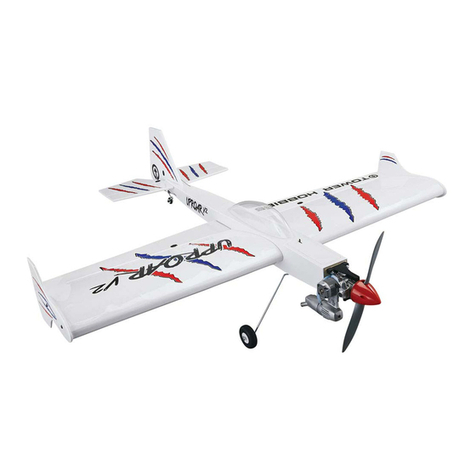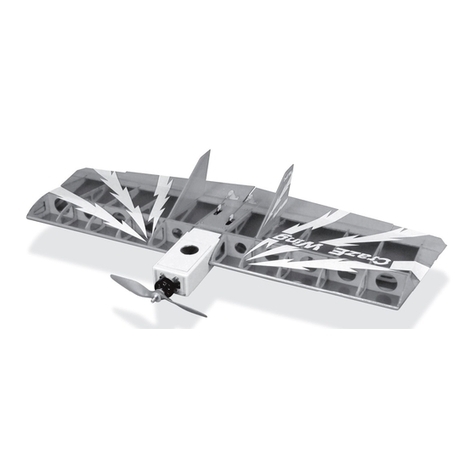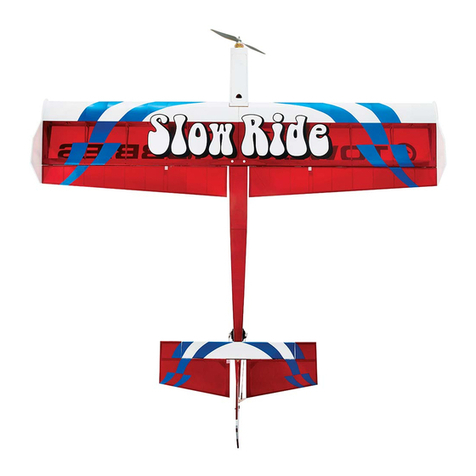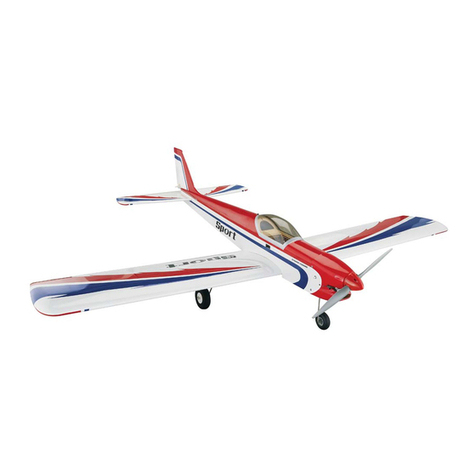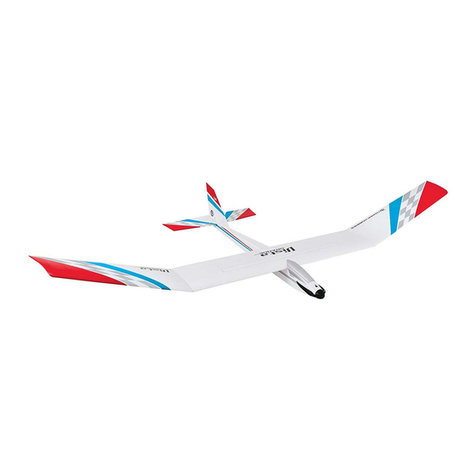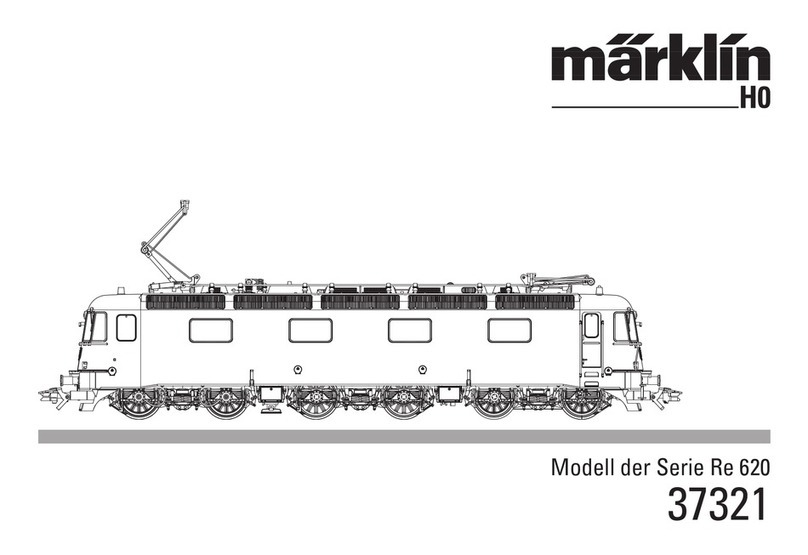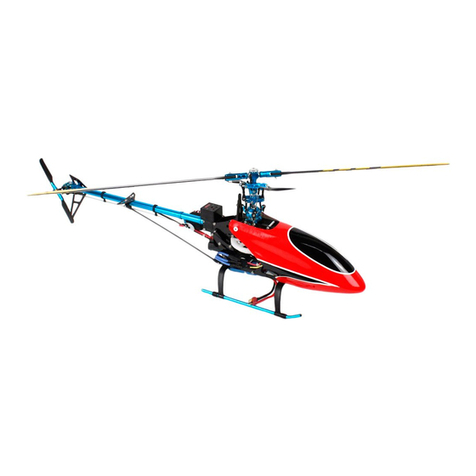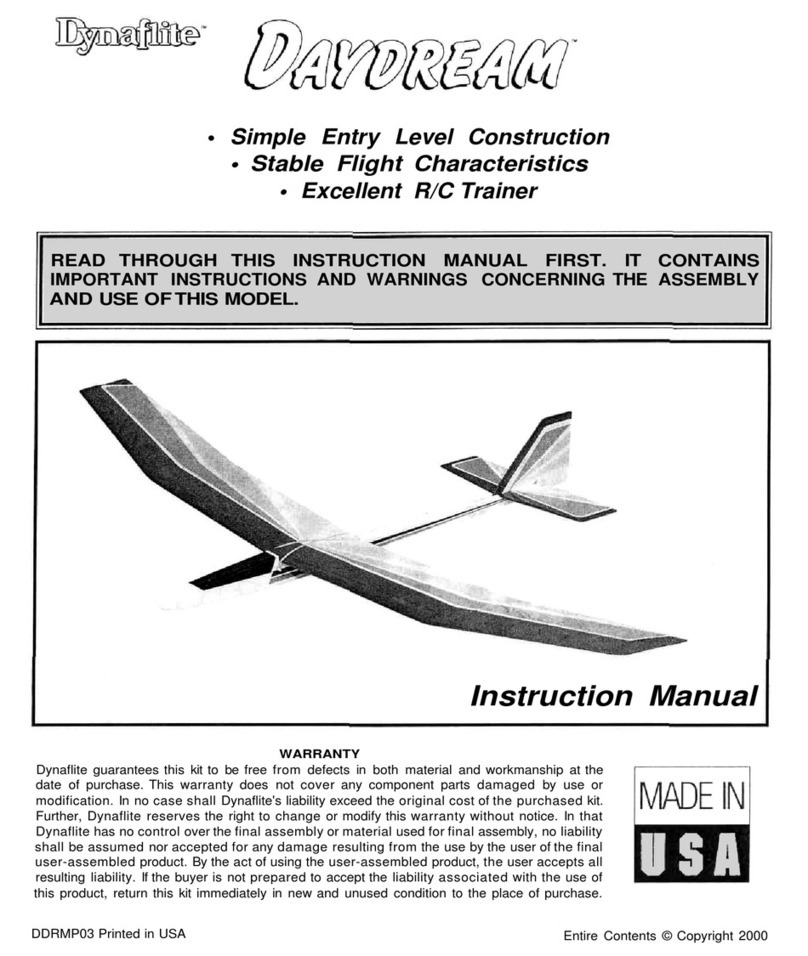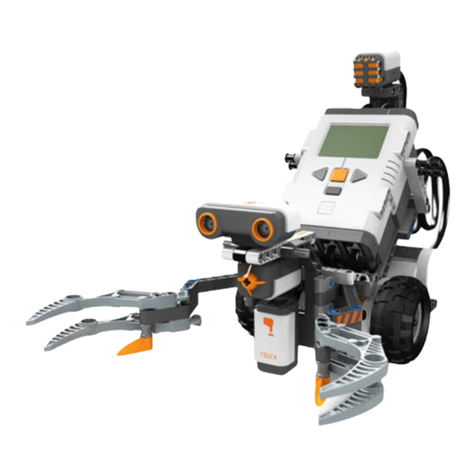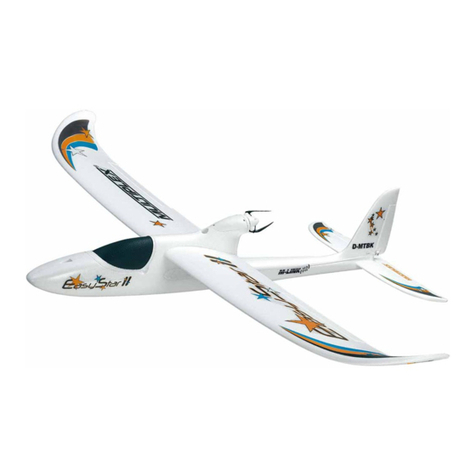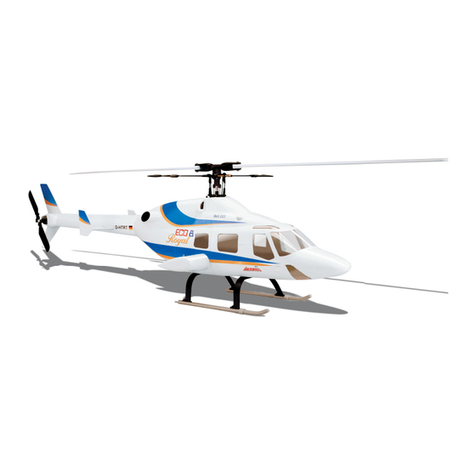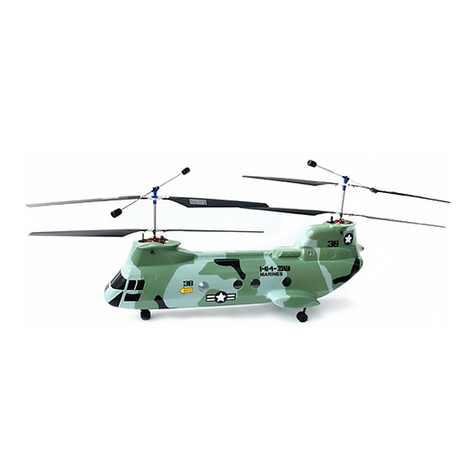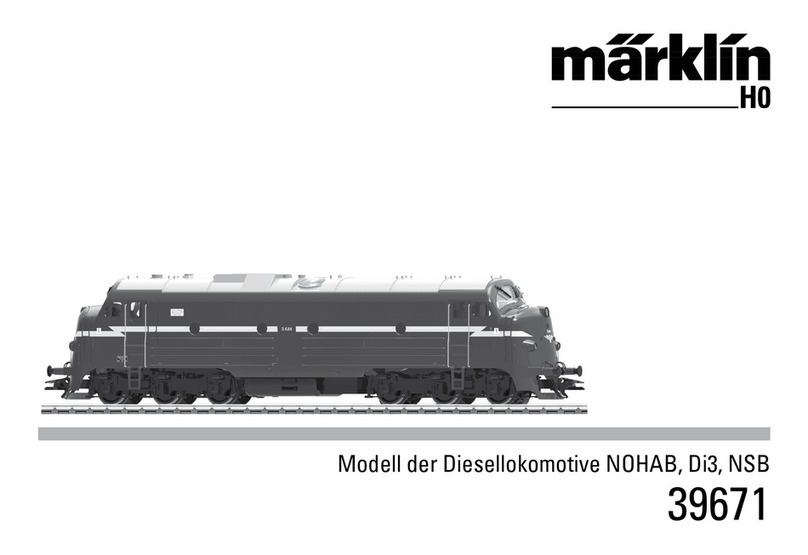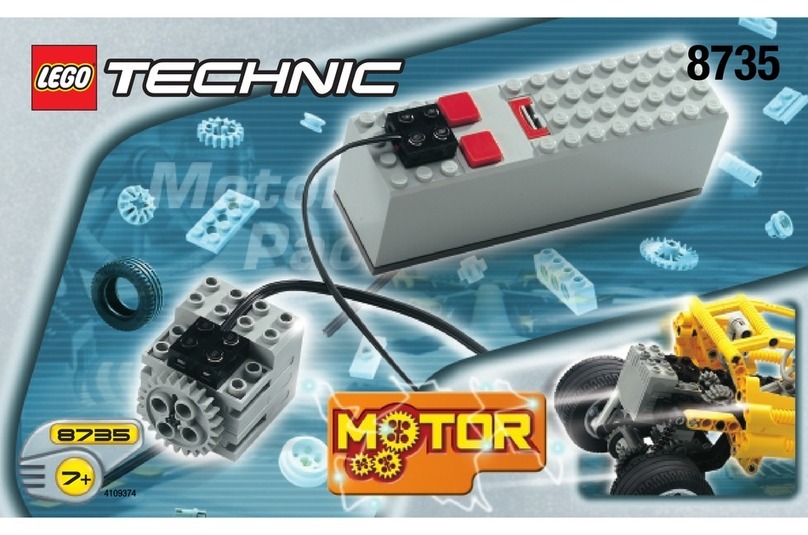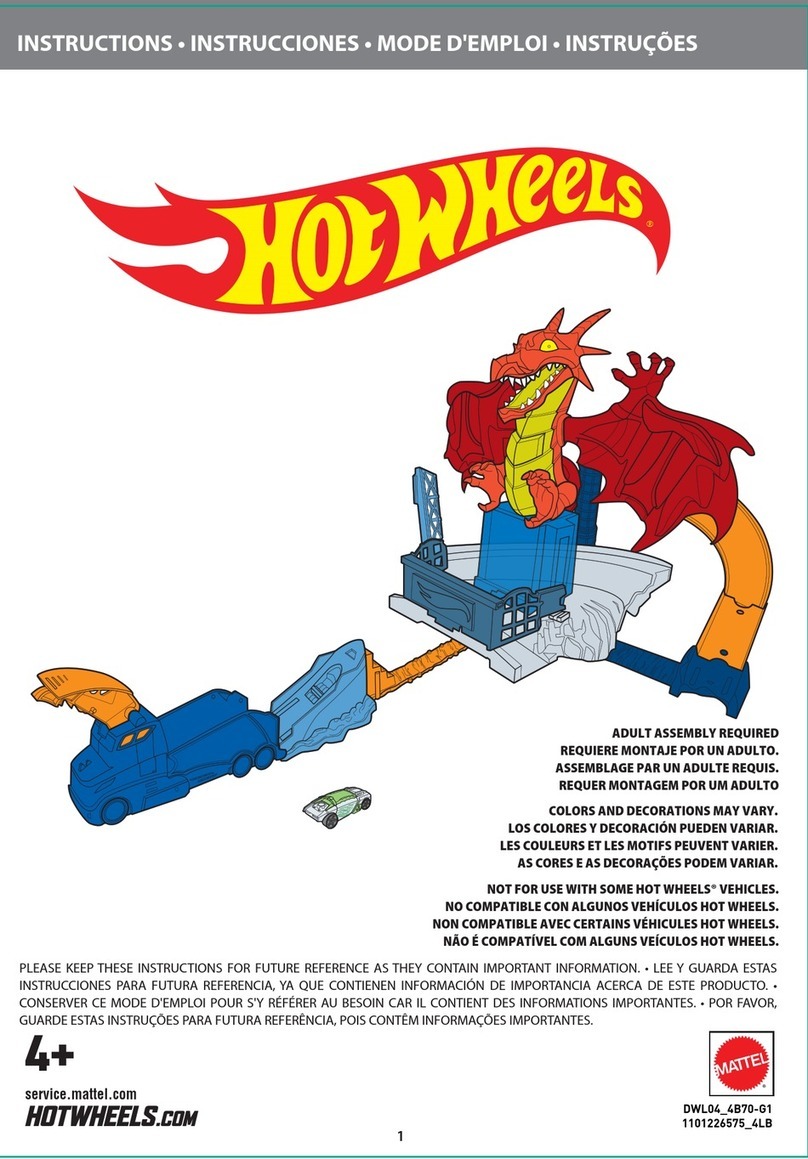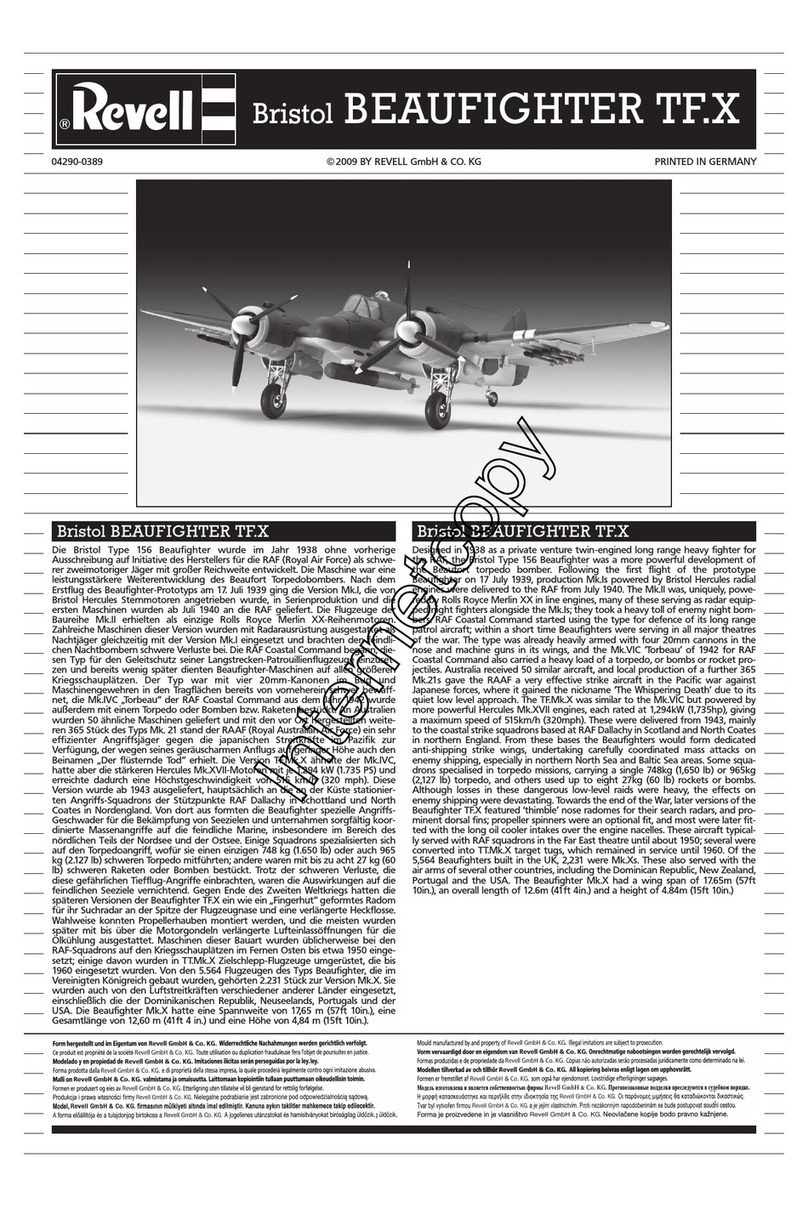TABLE OF CONTENTS
INTRODUCTION ........................................................................2
AMA............................................................................................2
SAFETY PRECAUTIONS...........................................................2
ADDITIONAL ITEMS REQUIRED..............................................3
HARDWARE & ACCESSORIES..........................................3
ADHESIVES & BUILDING SUPPLIES................................3
OPTIONAL SUPPLIES & TOOLS........................................3
IMPORTANT BUILDING NOTES...............................................3
COMMON ABBREVIATIONS.....................................................4
ORDERING REPLACEMENT PARTS .......................................4
METRIC/INCH RULER...............................................................4
KIT INSPECTION.......................................................................5
KIT CONTENTS .........................................................................5
ASSEMBLY ................................................................................6
PREPARATION....................................................................6
JOIN THE WING TO THE FUSELAGE................................6
JOIN THE STABILIZER TO THE FIN...................................7
GLUE IN THE HINGES......................................................10
MOUNT THE ENGINE.......................................................11
INSTALL THE PUSHRODS ...............................................12
HOOK UP THE CONTROLS.............................................12
MOUNT THE LANDING GEAR .........................................12
INSTALL THE FUEL TANK ................................................14
FINISH RADIO INSTALLATION.........................................15
MOUNT THE CANOPY......................................................15
GET THE MODEL READY TO FLY..........................................16
CHECK THE CONTROL DIRECTIONS ............................16
SET THE CONTROL THROWS.........................................16
BALANCE THE MODEL (C.G.)..........................................16
BALANCE THE MODEL LATERALLY................................17
PREFLIGHT..............................................................................17
IDENTIFY YOUR MODEL..................................................17
CHARGE THE BATTERIES...............................................17
BALANCE THE PROPELLERS.........................................17
GROUND CHECK..............................................................18
RANGE CHECK.................................................................18
ENGINE SAFETY PRECAUTIONS..........................................18
AMA SAFETY CODE...............................................................18
CHECK LIST ............................................................................19
FLYING.....................................................................................19
INTRODUCTION
Thank you for purchasing the Tower Hobbies Uproar™40
ARF.The Uproar 40 ARF is great for pilots who are ready to
graduate from their trainer and take the next step with their
first aerobatic sport model.The Uproar 40 ARF is also great
for experienced pilots who just want something quick and
simple to get together for a care-free day at the field. The
Uproar’s small size, light weight and one-piece construction
make transporting it to the field quick and easy so you’ll be
in the air in no time.
For the latest technical updates or manual corrections to the
Tower Hobbies Uproar 40 ARF visit the Tower Hobbies web
site at
www.towerhobbies.com
.Open the “Airplanes”link, then
select the Tower Hobbies Uproar 40 ARF. If there is new
technical information or changes to this model a “tech notice”
box will appear in the upper left corner of the page.
AMA
We urge you to join the AMA (Academy of Model
Aeronautics) and a local R/C club. The AMA is the
governing body of model aviation and membership is
required to fly at AMA clubs. Though joining the AMA
provides many benefits, one of the primary reasons to join
is liability protection. Coverage is not limited to flying at
contests or on the club field. It even applies to flying at
public demonstrations and air shows.Failure to comply with
the Safety Code (excerpts printed in the back of the
manual) may endanger insurance coverage. Additionally,
training programs and instructors are available at AMA club
sites to help you get started the right way. There are over
2,500 AMA chartered clubs across the country. Contact the
AMA at the address or toll-free phone number below:
IMPORTANT!!! Two of the most important things you can
do to preserve the radio controlled aircraft hobby are to
avoid flying near full-scale aircraft and avoid flying near or
over groups of people.
PROTECTYOUR MODEL,YOURSELF &
OTHERS...FOLLOW THESE IMPORTANT
SAFETY PRECAUTIONS
1. Your Tower Hobbies Uproar 40 ARF should not be
considered a toy, but rather a sophisticated, working model
that functions very much like a full-size airplane.Because of
its performance capabilities, the Uproar 40 ARF, if not
assembled and operated correctly, could possibly cause
injury to yourself or spectators and damage to property.
2. You must assemble the model according to the
instructions. Do not alter or modify the model, as doing so
may result in an unsafe or unflyable model. In a few cases
the instructions may differ slightly from the photos. In those
instances the written instructions should be considered
as correct.
3.You must take time to build straight, true and strong.
4. You must use an R/C radio system that is in first-class
condition, and a correctly sized engine and components
(fuel tank, wheels, etc.) throughout the building process.
5.You must correctly install all R/C and other components
so that the model operates correctly on the ground and in
the air.
Academy of Model Aeronautics
5151 East Memorial Drive
Muncie, IN 47302
Tele: (800) 435-9262
Fax (765) 741-0057
Or via the Internet at:
http://www.modelaircraft.org
2


